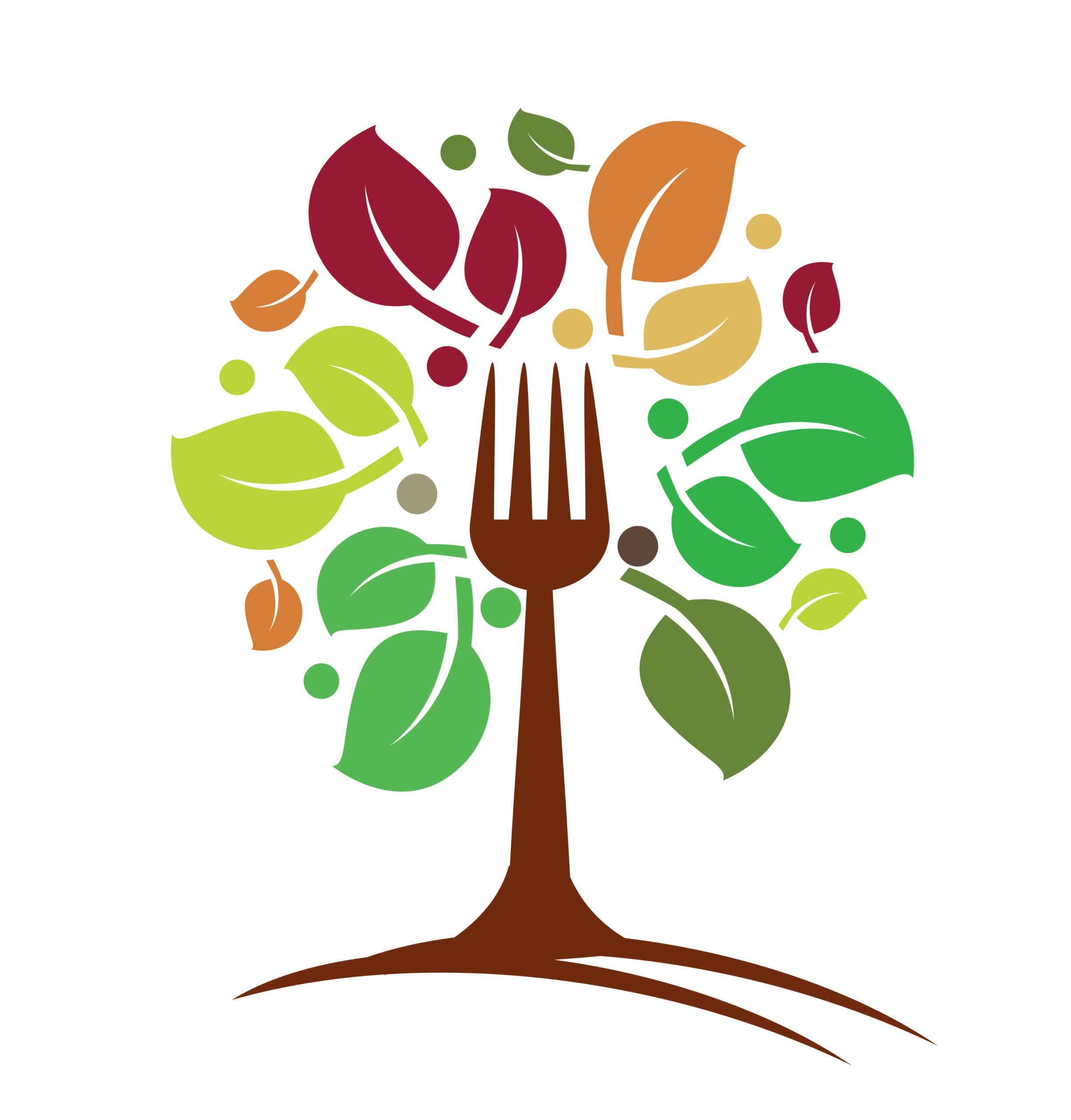Since starting this blog I’ve been writing about the CSA boxes that arrive on my doorstep twice a month, along with the various market-basket projects I’ve been pursuing with them. It’s been a Christmas-morning, present-opening palooza of soups, salads, side dishes, and pastas — complete with food porn. What I haven’t been sharing with you is this: due to lack of time or inspiration, some of those fresh fruits and vegetables wither and die before I’m able to use them. I have the best of intentions to, in some creative way, use every bit of produce that comes into my home kitchen — and yet that doesn’t always happen. It’s something that, as a food professional, I absolutely hate to admit.

Unfortunately, I’m not alone in the food-waste problem. At the consumer level, approximately 22 percent of fresh fruits and vegetables go to waste. Yes, on average, we’re throwing out almost a quarter of the fresh produce we buy! The Natural Resources Defense Council (NRDC) states that 40 percent of all food produced in this country goes to waste — that’s 40 percent from farm to vendor to table.
I’m inspired to reduce, if not elminate, food waste in my kitchen. While the arrival of a fresh CSA box offers an “ooh…pretty… new” sense of inspiration, the “damn, why didn’t I eat that last week?” batch of produce in the fridge presents a different kind of challenge. Here are some of the ways I’m using older produce to reduce food waste in my kitchen:
- Overripe / too-soft fruit: Puree, strain, and freeze; use for sauces, sorbets, or ice creams at a later date
- Less-than-fresh root vegetables: Make broth, or cut into chunks and roast with herbs and seasonings
- Squash: Roast and puree for soup, or freeze the puree for use later
This year, after a winter of too many root vegetables, I’ve become a big fan of making vegetable broth. Making broth is simpler than you might think! Most of your work is in chopping vegetables on the front end and straining the cooked vegetables from the broth on the back end. In between, your stove is doing all the work, keeping the heat going while the broth simmers away. Making your own broth gives you a lot of room for creating interesting flavor profiles based on the ingredients you use.

My current favorite version uses the basic aromatics (carrots, onions, celery), adds a parsnip for additional sweetness, but cuts the garlic because I don’t want a garlicky broth. The result is unique, slightly sweet and can stand up on its own — or play the role of complementary base to carrot or roasted butternut squash soups. Having homemade broth on hand can expand your dinner options, too. Usually I freeze half and keep the other half in the fridge for making soup or rice dishes on the fly.

It turns out that a knife, blender or food processer, strainer, and a stock pot can go a long way toward reducing food waste! What are you doing at home to reduce food waste? Share your ideas.


0 thoughts on “Inspired: Food Waste”